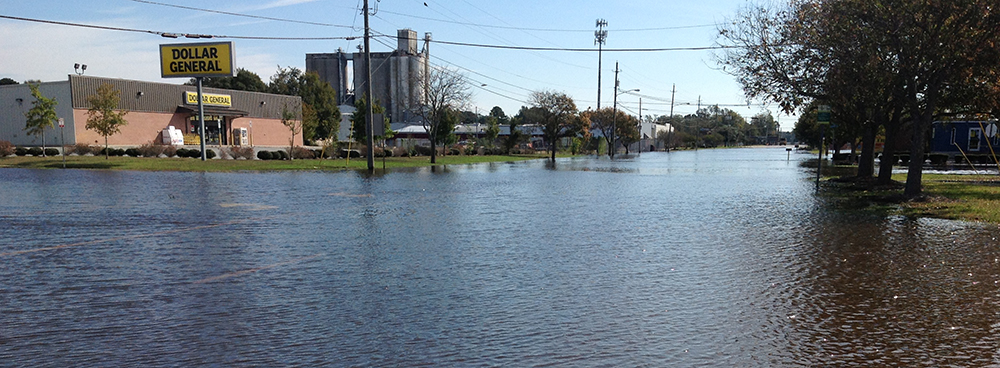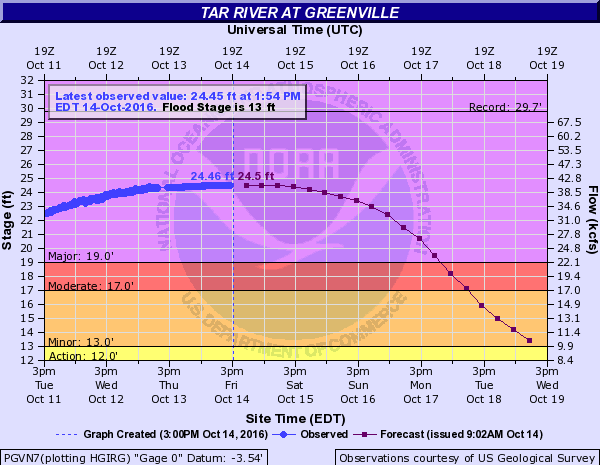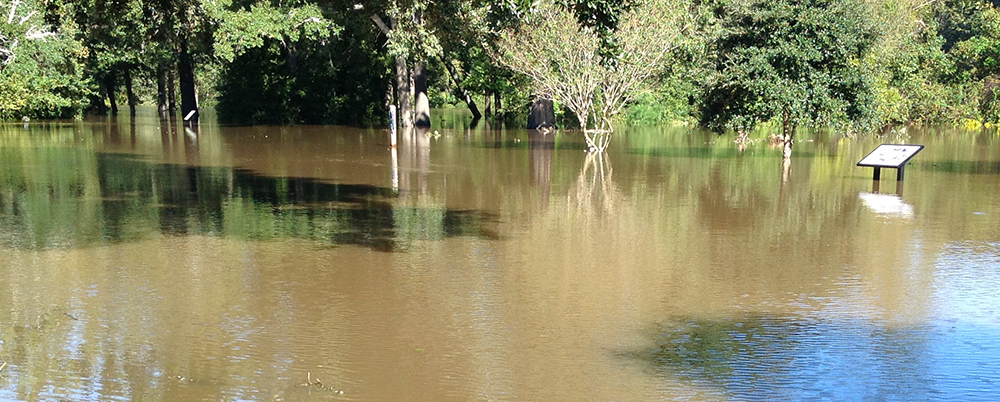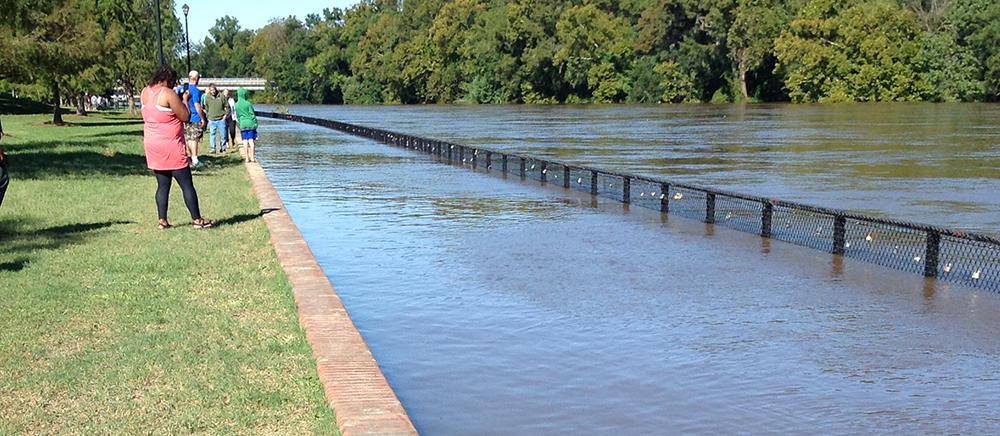Article on Transbounary Financing of Post-Diaster Recovery
For those interested in international disasters, my recently published article, Funding Flows: Transboundary Considerations of Disaster Recovery, looks at the transboundary processes of disaster recovery, specifically related to the financing of post-disaster recovery. Depending on the scale and visibility of the disaster and local capacities, financial arrangements, resources, and assistance can come from a variety of sources including the government, international institutions, private sector, and non-governmental and civil society organizations. In particular, transnational financing from bilateral donors and international financial institutions, which constitute multilateral and bilateral streams of financing for post-disaster recovery, comprise a significant percentage of recovery funding globally. Such flows, although inherently transboundary, are not well understood as a phenomenon. Read the article to learn more.
















